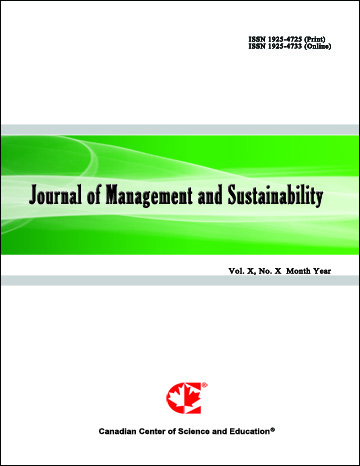The EU Policy to Attract Highly Skilled Workers: The Status of Implementation of the Blue Card Directive
- Marco Mazzeschi
Abstract
A worldwide shortage of about 38-40 million highly skilled workers is forecast by 2020. Many countries are implementing policies to attract workers with special skills and knowledge. What is the European Union doing to face this challenge? In 2009 the EU adopted the so called Blue Card Directive (n. 2009/50) to attract highly qualified workers from abroad, address labour and skills shortages and strengthen the EU’s competitiveness and economic growth. The Directive was implemented by most EU countries during 2012 but has proven to be insufficiently attractive and underused, with only a limited number of Blue Cards issued. For these reasons, the EU Commission has announced some proposed changes to the Blue Card Directive. The specific objectives are, amongst other things, to increase the numbers of third-country highly skilled workers immigrating to the EU and simplify and harmonise admission procedures for third-country highly skilled workers.
The article also outlines a summary of the current state of implementation of the Directive in the following countries: Italy, France, Spain, Germany, Poland, Hungary, Austria, Belgium and The Netherlands.
- Full Text:
 PDF
PDF
- DOI:10.5539/jms.v6n4p45
Journal Metrics
Google-based Impact Factor (2021): 1.54
h-index (July 2022): 37
i10-index (July 2022): 147
h5-index (2017-2021): 12
h5-median (2017-2021): 19
Index
- Academic Journals Database
- ANVUR (Italian National Agency for the Evaluation of Universities and Research Institutes)
- CAB Abstracts
- CNKI Scholar
- EconBiz
- Excellence in Research for Australia (ERA)
- GETIT@YALE (Yale University Library)
- Harvard Library
- HeinOnline
- Infotrieve
- JournalTOCs
- LOCKSS
- MIAR
- PKP Open Archives Harvester
- RePEc
- Scilit
- SHERPA/RoMEO
- Stanford Libraries
- UCR Library
Contact
- Evelyn XiaoEditorial Assistant
- jms@ccsenet.org
